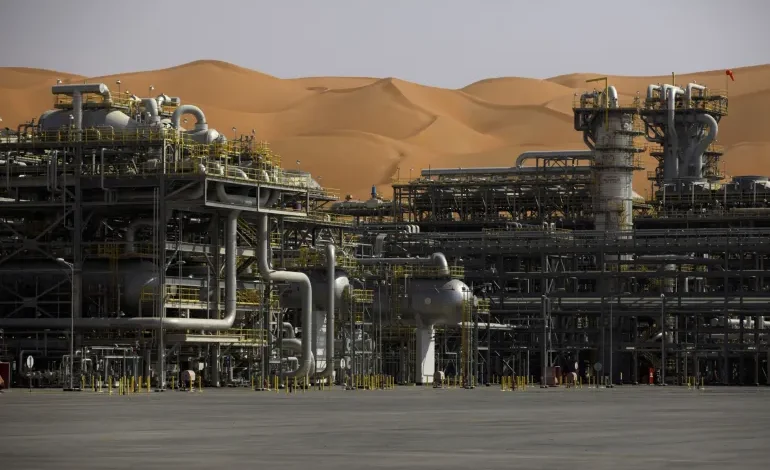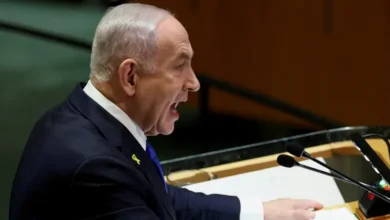Oil rises on Saudi plan to deepen output cuts from July

Oil prices have risen by more than $1 a barrel after top crude exporter Saudi Arabia pledged to cut production by a further one million barrels per day (bpd) from July to counter macroeconomic headwinds that have depressed markets.
Brent crude futures LCOc1 were up $1.72, or 2.3 percent, at $77.85 a barrel by 09:00 GMT on Monday after touching a session high of $78.73.US West Texas Intermediate crude CLc1 climbed $1.72, or 2.4 percent, to $73.46 after hitting an intraday high of $75.06.
Both contracts extended gains of more than 2 percent on Friday after the Saudi energy ministry said the kingdom’s output would drop to 9 million bpd in July from about 10 million bpd in May. The cut is Saudi Arabia’s biggest in years.
The voluntary cut is on top of a broader deal by the Organization of the Petroleum Exporting Countries (OPEC) and allies, including Russia, to limit supply into 2024 as the OPEC+ producer group seeks to boost flagging oil prices.
Output cut
OPEC+ pumps about 40 percent of the world’s crude and has cut its output target by a total of 3.66 million bpd, amounting to 3.6 percent of global demand.“Saudi remains keener than most other members in terms of ensuring oil prices above $80 per barrel, which is essential for balancing its own fiscal budget for the year,” said Suvro Sarkar, leader of the energy sector team at DBS Bank.
“Saudi will probably continue doing whatever it takes to keep oil prices elevated … and take calculated preemptive steps to ensure the macro concerns potentially affecting demand are negated.”
Consultancy Rystad Energy said the additional Saudi cut is likely to deepen the market deficit to more than 3 million bpd in July, which could push prices higher in the coming weeks.
Goldman Sachs analysts said the meeting was “moderately bullish” for oil markets and could boost December 2023 Brent prices by between $1 and $6 a barrel, depending on how long Saudi Arabia maintains output at 9 million bpd over the next six months.Many of the OPEC+ reductions will have little real impact, however, as the lower targets for Russia, Nigeria and Angola bring them into line with their actual production levels.
In contrast, the United Arab Emirates was allowed to raise output targets by 200,000 bpd to 3.22 million bpd to reflect its larger production capacity.










